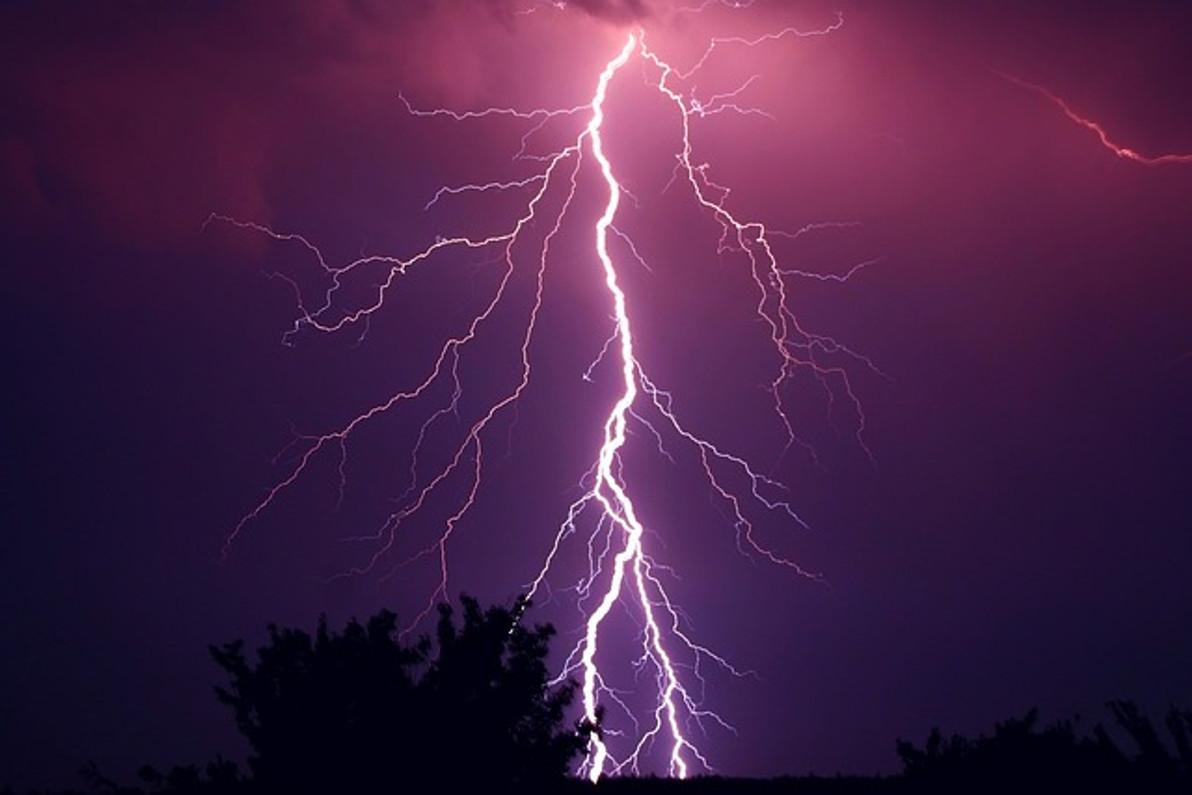Lightning Safety 101: What You Should Know
Do you know what to do during a lightning storm? Research shows that lightning strikes the Earth each about 50 to 100 times per second. While most of these lightning strikes are harmless, others can property damage and bodily injury. You can't prevent lightning from striking the Earth, but there are ways to lower your risk of injury during a lightning storm.
Go Indoors
The U.S. Centers for Disease Control and Prevention (CDC) recommends going indoors during a lightning storm. If you hear thunder or see lightning, seek shelter immediately by going indoors. Avoid open structures, sheds picnic tents and trees. While they may provide some coverage, they offer little or no protection against lightning. Instead, go indoors until the lightning storm has passed.
Don't Use Electronics
You should avoid using electronics during a lightning storm. Lightning and electronics, of course, don't mix. Electronics are designed to conduct electricity, and lightning is electricity. If lightning strikes nearby, it may travel through an adjacent power line that's connected to your home and its devices.
Avoid Water
In addition to electronics, you should avoid using electronics during a lightning storm. Water is an excellent conductor of electricity. Lightning can travel through water -- just like it can with electronics. If it's lightning outside, wait until the storm has passed before taking a shower, bath or otherwise using the water in your home.
Install Surge Protectors
Another lightning safety tip is to install surge protectors. Surge protectors are devices that, as the name suggests, protect against power surges. Lightning is a common cause of power surges. All of this electricity may travel through your home while frying any electronics that it encounters. Surge protectors will prevent this from happening by restricting the flow of electricity.
Follow the 30/30 Rule
Following the 30/30 rule can protect you from injury during a lightning storm. If you can hear thunder within 30 seconds of seeing lightning, seek shelter immediately. You should then wait at least 30 minutes after the last thunderclap before leaving the shelter.
Stay Updated
When the weather turns south, use a radio to stay updated. Staying informed about the weather conditions and thunderstorm forecasts in your local area will allow you can make more well-informed decisions. If the storm is clearing up, you can prepare to leave. If the storm is expected to continue, on the other hand, you can hold your position. To stay updated, use a weather app or listen to the local news or National Weather Service (NWS) updates via a radio.
Recent Posts
-
Fire Safety in the Workplace: What You Need to Know
What steps are you taking to prevent fires in your workplace? According to the U.S. Occupational Saf …Aug 23rd 2023 -
Is It Safe to Go Jogging With a Cold Infection?
If you're suffering from a cold infection, you might be wondering whether it's safe to go jogging. T …Aug 22nd 2023 -
5 Safety Tips to Follow When Using a Powder-Actuated Tool
Powder-actuated tools are commonly used to join materials to steel and concrete. Also known as Hilti …Aug 20th 2023




